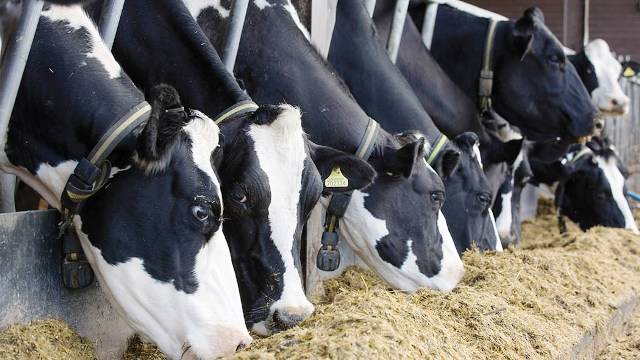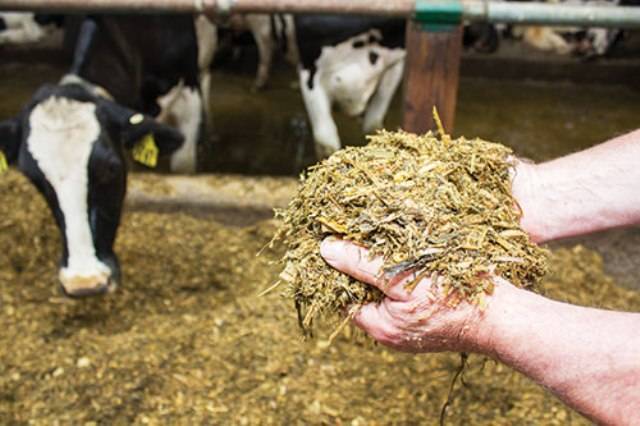
Silage and hay are preserved or stored feed given to the cattle during a shortage of green forage. Silage is very nutritious and easy-to-digest feed for cattle. Storing silage is much easier than storing hay as it requires less space. If you feed your domestic animals with silage it will ensure high milk production and also stay healthy. Silage undoubtedly is very good for dairy animals, especially during dry seasons.
Cattle Feed: How to make silage?
Basically, the method of making silage involves fermentation under anaerobic conditions. It prevents fresh fodder from decaying and allows it to maintain its nutrient quality.
It needs adequate soluble carbohydrates or sugar for organic acid production. You must add molasses to the fodder as it is very rich in sugar and allows the bacteria to produce the organic acids immediately. The more molasses you will add, the quicker the acidification and preservation process will take place.
Crops Good for making silage
Crops such as maize, sorghum, oats, millet, and hybrid Napier are considered perfect for making silage. In addition, the quality of the silage you get from these crops can be enhanced by adding molasses, urea, or forming acids.
Process of Preparing Silage
Silage is formed through the use of pits or trenches, towers, and sacks for small quantities. But, pits are mainly used to make silage for large dairy units. The silage pit must be located at a place that is safe from rodents, at high elevation, and away from direct sunlight.
The materials used in making silage should have a moisture content of about 60-70% or dry matter of 30 -35% and a pH under 4.2 for wet forage and 4.8 for wilted forage. In rainy seasons when the fodder is too damp, with more water, you must first wilt it in the sun.
Crops such as maize, sorghum, oats, and pearl millet must be used for preserving green fodder as they contain fermentable carbohydrates essential for bacteria to produce sufficient organic acid. Although you can use leguminous fodders, as they are rich in proteins and low in sugars, it makes them difficult to ensile. Harvesting sorghum or maize for silage making is ideal when their seeds are soft.

Additives such as common salt, formic acid, lime or urea are also used to facilitate good fermentation process.
-
To begin with, make a pit and then place a big polythene sheet on it.
-
Make sure you cover the walls so that the forage does not come into contact with the soil.
-
Cut the fresh forage in small pieces say for about 1 to 1.5 inches in length using either a panga or a chaff cutter.
-
Add little salt, urea, molasses in it to improve the quality of the mixture.
-
Fill the pit properly by spreading the copped greens and other materials evenly.
Fungi growth
For the growth of fungi, dilute molasses with water in 1:2 ratio and shower evenly over the forage layer using a garden water sprayer. Now cover it properly. Then repeat the same process of adding bags of chopped forage and diluted molasses until the pit gets filled.
After the final filling, cover the polythene sheet around the silage and wrap the top of the pile with another sheet to prevent water. Lastly, cover the stack with a thick layer of soil. With good covering and enough soil on it, you can keep the silage for more than one year.
The silage will be ready in about 30 to 40 days and once it is ready you can give it to the cattle. But never open the whole silage pit at once. It is better to open it from one side.
Things to remember while making Silage
Good silage should be of light greenish or greenish brown colour. It should have a nice smell like that of vinegar, and acidic in taste and must not contain mold. If the silage turns out black, this means it is of poor quality. Poorly fermented silage has bad taste and slimy soft texture.
Cattle must be fed with silage depending on its body weight. It is recommended not to feed silage immediately before milking the cattle as the milk may have a foul smell. In fact, at this time you can feed them with fresh grass, hay, legumes and concentrates.












